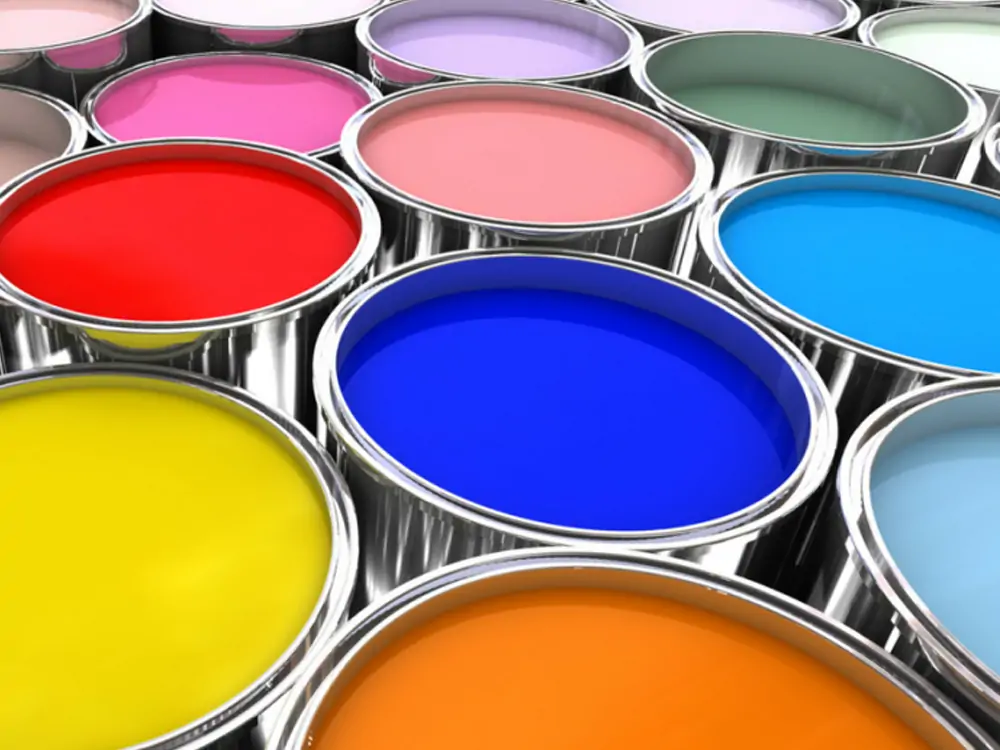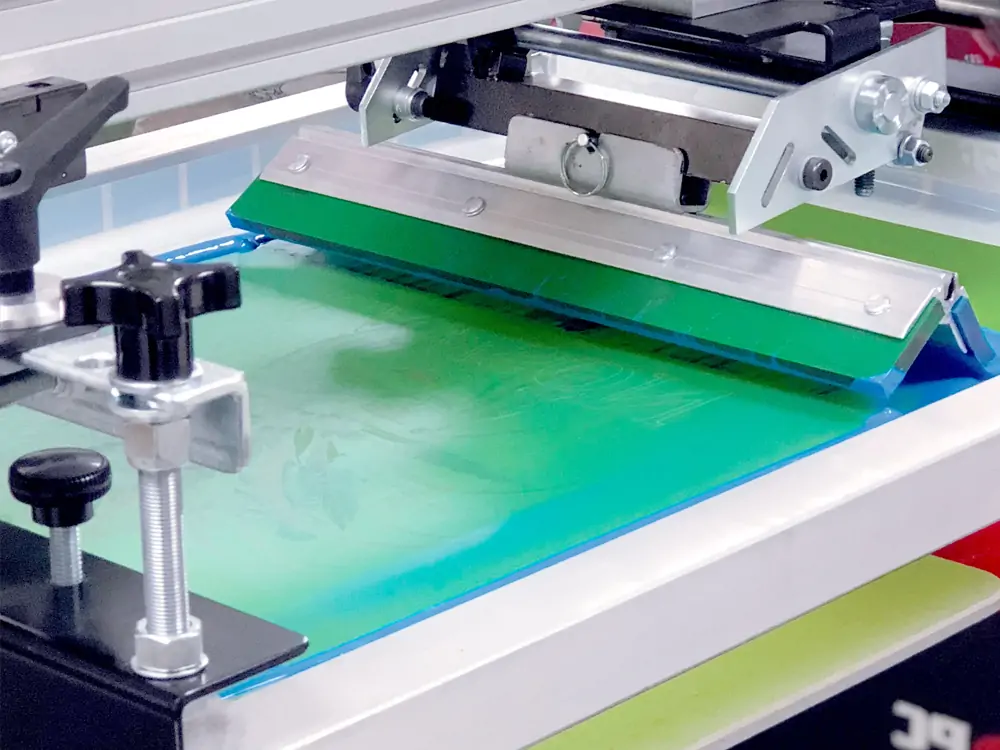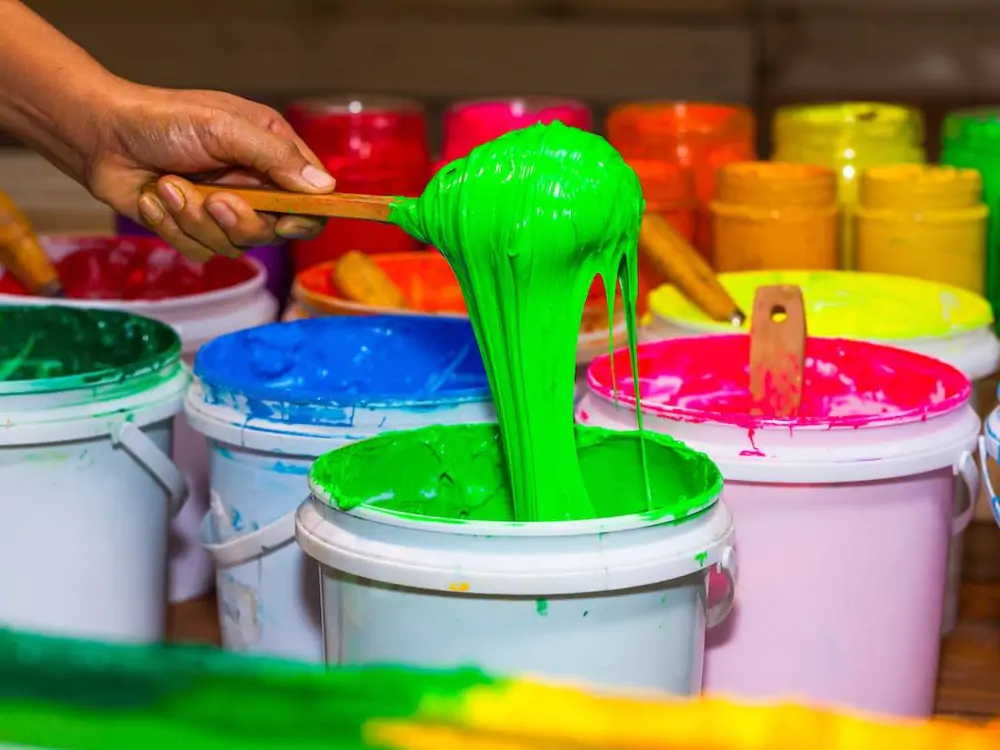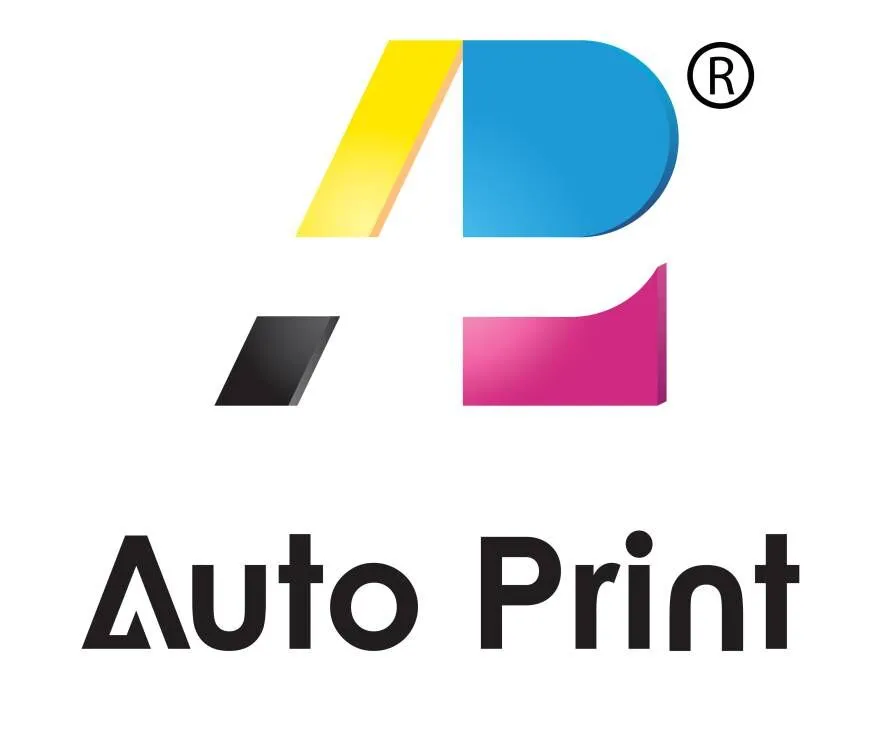Ink selection for glass and ceramic printing is crucial, and printing on fabric is not comparable to printing on these materials.
Unlike fabrics, these surfaces are slippery and not absorbent and need heat-resistant inks. And if you’re just getting into the printing world, choosing the right ink can seem like a daunting task.
We understand the struggle!
Read on, as our comprehensive article is a tell-all of the ink selection process!
Ready? Let’s go!
Organic and Inorganic Inks

Organic Inks
The two main categories of inks include organic inks and inorganic inks.
Organic inks are usually solvent-based. They have a wide range of colors and excellent printability.
Another advantage of these inks is their ability to merge flawlessly. Hence enabling intricate designs and photorealistic replication.
But, there are some drawbacks attached to their appeal.
Organic inks may need lower firing temperatures, such as about 300 to 450. These inks are usually less durable than their inorganic counterparts.
They are also prone to get worn out by scratching off or fading with time. This makes them unsuitable for use in busy areas or exposure to the sun.
Inorganic Inks, Ceramic inks, or vitreous enamels include:
- Glass frits,
- Finely ground glass particles
- Inorganic pigments.
This blend makes the inks more durable, resistant to scratches, and fade-resistant.
Such inks can endure more intense temperatures, such as 800 degrees Celsius.
This makes them appropriate for tableware, tiles, and architectural glass. Inorganic inks have fewer colors, whereas organic inks offer a wide range of colors.
Matching Technique with Ink
Below, you will find some techniques that are often used and how they work for ink compatibility:

Screen Printing:
It is a versatile method that involves the use of the screen to stamp ink onto a substrate.
Screen printing has become a common preference in wide applications. Because it accepts both organic and inorganic inks.
Digital Inkjet Printing:
This invention allows for strict precision. Hence, it is possible to have detailed designs and photorealistic images.
Still, digital inkjet printing needs unique ink formulations for ceramics and glass materials.
The temperature at which fritted glass melts should be higher. These inks often use a water-based carrier and need to dry completely.
Decalcomania (Decals):
One of the techniques used is reproducing the template and then applying it to glass or ceramic.
You can print the decal using either organic or inorganic ink.
Organic inks offer a wide array of shades. But inorganic ones provide more durability. It depends on your preference.
Fundamental Ink Properties for Optimal Results
Ink properties, whether organic or inorganic, influence the end result.
The term viscosity refers to the thickness of ink. About how well it passes through printing machinery.
The term viscosity refers to the thickness of ink. About how well it passes through printing machinery. Remember, you need the right viscosity level for clean, clear images!
The same ink should be a manageable thickness to cause clogs in your inkjet printer’s nozzles. Otherwise, blockages can occur in the screen(s) used to transfer images while printing.

Adhesion:
Adhesion is based on the formulation used to make the materials. For the designs, the ink must be adhered to glass or ceramics, and the adhesion of these substances may also vary.
Choose inks with superior adhesion. The design will remain intact despite constant handling without getting chipped off.
Opacity
Opacity is the extent to which light will go through an ink.
Opaque inks prevent light from passing through, thus giving us deep, saturated hues.
In contrast, transparent inks produce a glass-like stain effect. Because they allow light to pass through them.
Determining the right opacity for your project depends on specific factors like:
- Aesthetics
- Function
Curing
Curing makes the print permanent by drying and fixing the ink on the substrate.
Organic inks dry only when left in the air or when ultraviolet light is used to cure them where the print lies.
Inorganic inks need firing in a kiln at very high temperatures to adhere.
Choosing The Best Ink For Your Needs

Organic Ink Options for Glass and Ceramics:
1- Marabu Organic Inks:
These inks are very efficient and come in a variety of vibrant colors and special effects. They are an alternative to regular ceramic colors. They are also resistant to scratches and offer energy-saving. And they are also free from any heavy metal elements.
2- FARBAUV-GLASS and ceramic inks:
Farbal produces a variety of organic inks that are used to print glass and ceramics. These inks’ attributes include their great adhesion ability, durability, and printability. Farbal also provides different types of special effects inks, including metallic and pearlescent.
3- Nazdar Organic Inks
Nazdar offers various color options of biodegradable inks for ceramic and glass surfaces. Their color solutions are sought after due to their reliability and versatility. These allow you to combine different colors to print complex designs.
Inorganic Ink Options for Glass and Ceramics
1- Underglazes
Use underglazes for applications on bisque that have not yet been fired.
They fire up at specific points, ranging from 593 °C to 1093°C(110°F 200°F), with the ceramic material adhering to it well.
Underglazes are often used in functional and decorative pottery. Many people prefer them for their bright hues and outstanding toughness.
2- Enamel
Enamel is a glossy finish applied on glass or metal object surfaces.
Baking it under high heat, ranging between 130°F and 150°F (704°C and 816°C), makes it smooth and long-lasting.
3- Glass Enamels:
They are perfect for glass works and do not need high temperatures to melt like typical enamel. Often, these enamels melt at 120°F to 130°F (649°C to 704°C).
4- Low-temperature glazes
With low-temperature glazing in ceramics, most of them are usually applied at the final glass-coating stage(where sherds gain a glossy finish). Yet, some are meant explicitly for decorative inks.
Traditionally, they are fired at temperatures much higher than the stated [@110°F to 120°F] (593°C–649°C range), which makes them inappropriate for anything that operates below such levels.
Consider these Extra Factors
Safety:
Safety should always be the first priority when choosing inks.
The ink chosen must follow regulations for the intended use.
Some inks may contain hazardous materials. Hence, familiarize yourself with proper handling and ventilation practices.
Protect yourself and others!
Environmental Impact:
Please take into consideration how ink impacts the environment.
Some inks have volatile organic compounds (VOCs). These compounds increase pollution in the air.
The best choice is always ink that does not harm the surroundings.
Choose ink that contains natural ingredients from water-based carriers or sourced from biomaterials. It will further reduce its impact on the earth.
Cost:
The price of ink will depend on many factors, including the type of ink and brand.
According to most printmaking artists, natural inks are cheaper than synthetic ones.
Although this is true, these inks do not last as long as synthetic inks, which could mean other costs are high.
It is better if you first look at your financial status as well as the aim of the project before choosing anything.
Testing and experimentation:
We recommend you print test prints for essential projects or if you’re using new ink.
This lets you see how well the ink works on your chosen substrate.
Through trying out several inks, you can find the right mix of looks, practicality, and economy.
Conclusion
Knowing which inks to use can expand your horizons. In this case, your creation is destined to be much more appealing and long-lasting. So, make sure you select with care when picking out what the last chapter of an artistic venture will be.
With the knowledge you’ve earned, you now have the key to unlocking a wide range of possibilities!
Use this guide to select the ink that suits your needs! With the knowledge you’ve earned, convert simple material objects into extraordinary art pieces!
